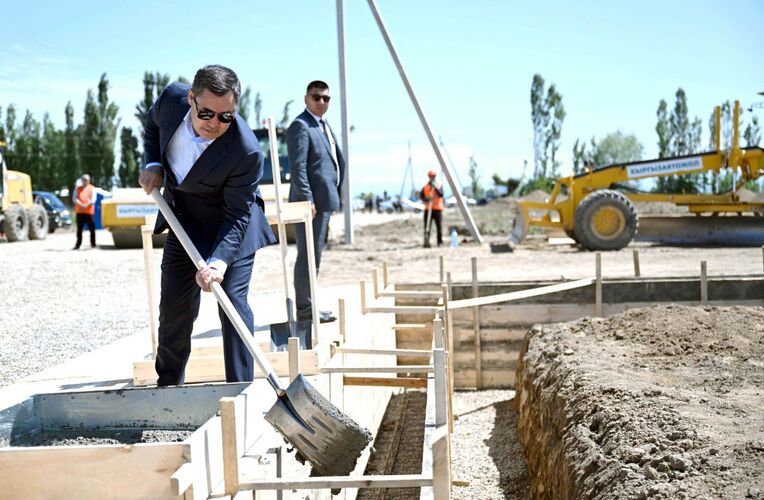Kyrgyzstan to Create New Village for Citizens Resettled from the Barak Exclave
On May 6, during a visit to the southern Osh region, Kyrgyzstan’s President Sadyr Japarov launched the construction of a new village for Kyrgyz citizens resettled from the Barak exclave. Speaking at the ceremony, the head of state emphasized the historical significance of the initiative, explaining that since the village of Barak was an exclave located in Uzbekistan, its residents had spent many years in partial isolation and experienced difficulties in traveling between to and from the Kyrgyz mainland. Back in November 2022, an agreement ‘On the delimitation of certain sections of the state border between the Kyrgyz Republic and the Republic of Uzbekistan’ was signed in Bishkek. According to the document, Uzbekistan gave a portion of its land to Kyrgyzstan in exchange for the Barak exclave. The Kyrgyz government completed its plan to resettle Barak exclave residents just last month. The new village, to be known as ‘Jany-Barak’ or ‘New Barak’ and spanning 38 hectares, will comprise 101 new houses, due for completion by 31 August,. In addition, plots will be allocated for the construction of residential buildings for 164 citizens. Plans for the social infrastructure, includes a school, sports facilities, and a medical center.



